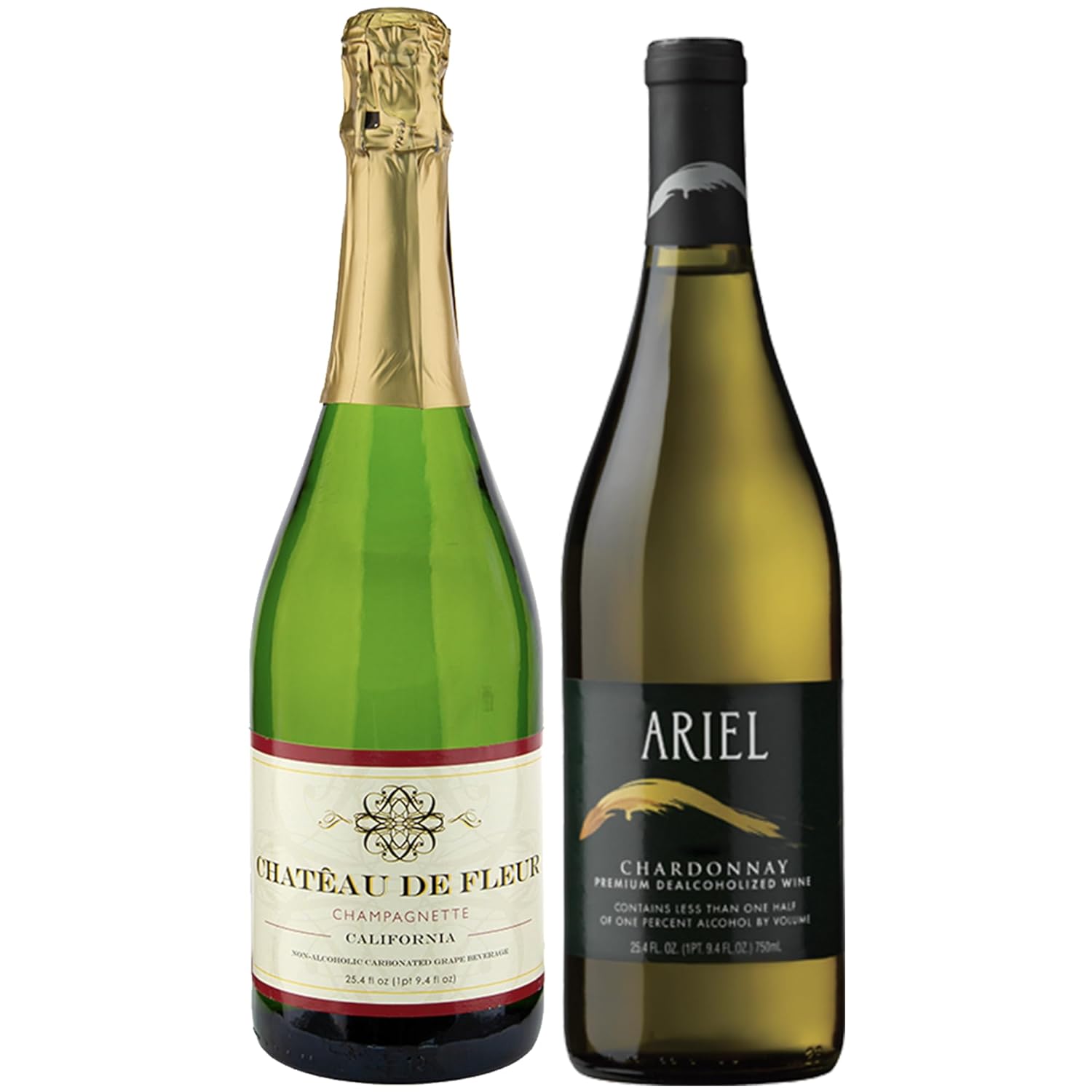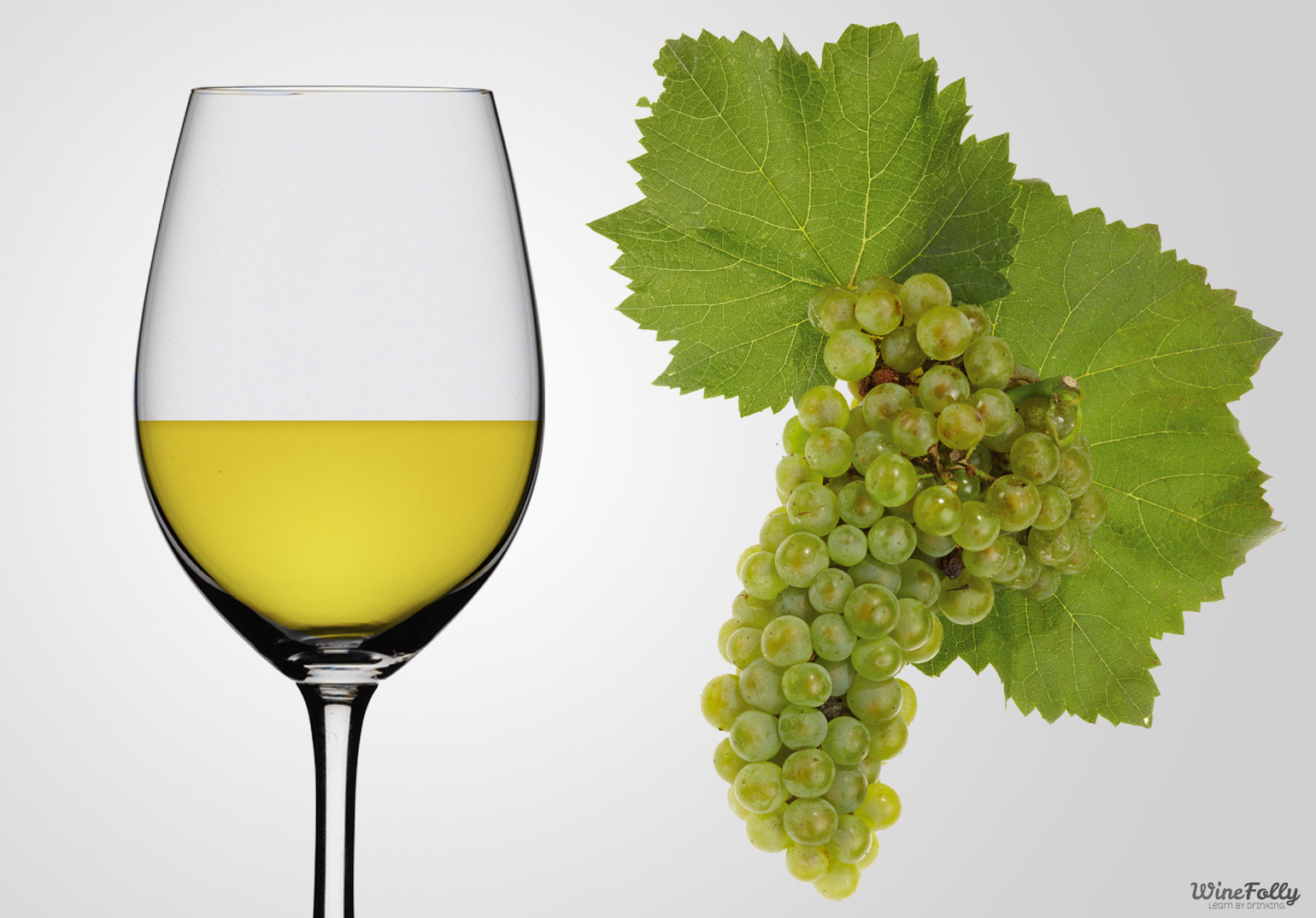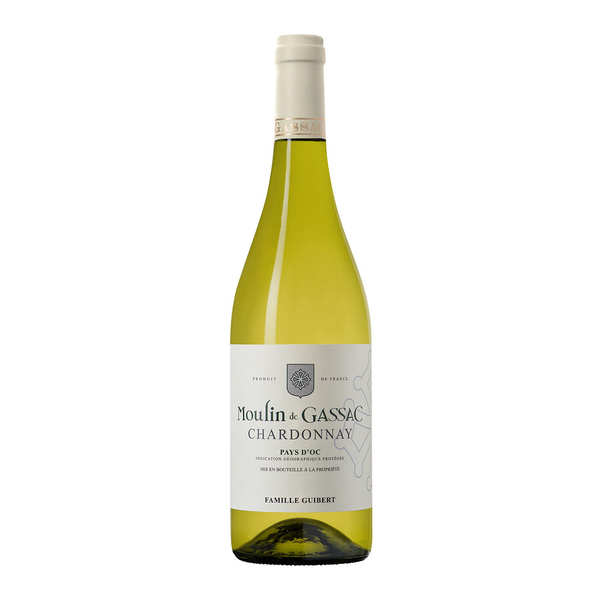Chardonnay wine, renowned for its elegance and versatility, holds a prominent place in the world of wine. In this article, we will explore the intricate aspects of Chardonnay wine, from its history and cultivation to its flavor profiles and food pairings. Join us as we delve into the rich and diverse world of Chardonnay, uncovering its charm and unraveling its complexities.
I. Chardonnay Wine: A Taste of History
1.1 Origins and Heritage
Chardonnay, often referred to as the “queen of white grapes,” finds its origins in the Burgundy region of France. The vine’s roots can be traced back centuries, earning it a distinguished place in the history of winemaking. From France, the cultivation of Chardonnay spread to other wine regions across the globe, showcasing its adaptability and ability to reflect the unique terroir of different climates and soils.

1.2 Global Popularity and Varietal Expression
Chardonnay’s popularity soared in the late 20th century, becoming one of the most widely planted and recognized white grape varietals worldwide. Its adaptability and versatility allow winemakers to create a vast array of expressions, ranging from crisp and mineral-driven to rich and buttery. Chardonnay’s ability to reflect both terroir and winemaking techniques contributes to its immense popularity and diverse range of styles.
II. Exploring Flavor Profiles: From Crisp Citrus to Creamy Elegance
2.1 Citrus and Stone Fruits
Chardonnay wines showcase a diverse range of flavors, with citrus and stone fruit notes being particularly prominent. These flavors add a refreshing and lively quality to the wine, making it enjoyable to sip on its own or pair with various dishes.
Citrus flavors, such as lemon and grapefruit, bring a vibrant and zesty character to Chardonnay. The crisp acidity and bright citrus notes create a refreshing and invigorating taste experience. These citrus flavors can range from subtle hints to more pronounced expressions, depending on factors such as the climate and degree of ripeness of the grapes.
Stone fruits, including peach and apricot, contribute to the lushness and succulence of Chardonnay wines. These flavors bring a natural sweetness to the wine while maintaining a refreshing and balanced profile. The soft and juicy nature of stone fruit flavors adds an element of texture and richness to Chardonnay, making it an enjoyable wine to savor.
These citrus and stone fruit flavors can be found in both unoaked and oaked Chardonnay wines, showcasing the versatility of the grape and the winemaker’s choices. The presence of these flavors can vary depending on the region, winemaking techniques, and individual vineyard characteristics, allowing for a wide range of taste experiences within the Chardonnay varietal.

2.2 Oak and Creamy Elements
The use of oak barrels during fermentation and aging introduces additional complexities to Chardonnay wines. Oak imparts flavors such as vanilla, caramel, and toast, adding a layer of richness and depth. This process also contributes to a creamy mouthfeel, a hallmark of certain styles of Chardonnay. The balance between fruit expression and oak influence showcases the winemaker’s artistry and creates wines that captivate the senses.
III. Terroir Influence: Unveiling Chardonnay’s Sense of Place
3.1 Burgundy: Chardonnay’s Spiritual Home
The Burgundy region in France is often considered the spiritual home of Chardonnay. Its unique terroir, characterized by limestone-rich soils and a continental climate, creates Chardonnay wines that are renowned for their elegance, minerality, and complexity. The iconic Chardonnays from Burgundy continue to set the benchmark for this varietal, captivating wine connoisseurs around the world.
3.2 New World Expressions
Chardonnay’s adaptability has led to its successful cultivation in a wide range of New World wine regions. Each region offers a distinct interpretation of the grape, influenced by individual climates and soil compositions. From the elegant and vibrant Chardonnays of Sonoma to the opulent and tropical expressions of Australia’s Margaret River, New World Chardonnays provide exciting diversity and showcase unique terroir influences.

IV. Perfect Pairings: Elevating Culinary Experiences with Chardonnay
4.1 Seafood and Poultry
Chardonnay’s versatility extends to food pairings, making it an excellent choice for numerous dishes. Its bright acidity and fruit-forward characteristics make it a natural companion for seafood, such as grilled shrimp or buttery lobster. Additionally, the richness and body of certain Chardonnay styles harmonize beautifully with poultry dishes, creating a delightful contrast of flavors.
4.2 Creamy Sauces and Hard Cheeses
The creamy texture and oak-driven elements present in certain Chardonnay styles make them an ideal companion for dishes with rich and creamy sauces. Whether it’s a velvety Alfredo pasta or a luscious béchamel sauce, Chardonnay’s flavors and structure can stand up to the richness, complementing and enhancing the dish. Moreover, the complexity and depth of well-aged Chardonnays can complement the intensity of hard cheeses, such as aged cheddar or Gruyère, creating a harmonious pairing.

V. Exploring Chardonnay’s Terroir through the World: A Journey of Taste
5.1 Burgundy: The Epitome of Elegance
The Chardonnays of Burgundy showcase the quintessential expression of this varietal. From the crisp and mineral-driven Chablis to the luscious and complex wines of the Côte de Beaune. Burgundian Chardonnay exemplifies elegance, precision, and a sense of place. Exploring the nuances and subtleties within the different appellations of Burgundy allows wine enthusiasts to truly appreciate the terroir-driven nature of Chardonnay.
5.2 New World Excursions: Diversity and Innovation
From the sun-drenched vineyards of California’s Napa Valley to the cool-climate regions of Marlborough in New Zealand, New World Chardonnays offer exciting diversity and innovation. Each region adds its distinct touch to this classic varietal, showcasing the unique characteristics of their terroir and winemaking philosophies. Embarking on a journey through these New World regions allows wine enthusiasts to explore the versatility and creativity present in Chardonnay winemaking.

Toasting to the Elegance of Chardonnay Wine
In conclusion, Chardonnay wine stands as a testament to the elegance, diversity, and complexity that can be achieved with this noble grape variety. From its historical roots in Burgundy to its widespread popularity across the globe, Chardonnay captivates wine enthusiasts with its range of flavors and styles. Whether sipped on its own or expertly paired with a culinary delight, Chardonnay offers a sensory journey, showcasing the influence of terroir, winemaking techniques, and personal preferences. Raise a glass to the beauty of Chardonnay wine, and may each sip be a celebration of its enduring allure.


